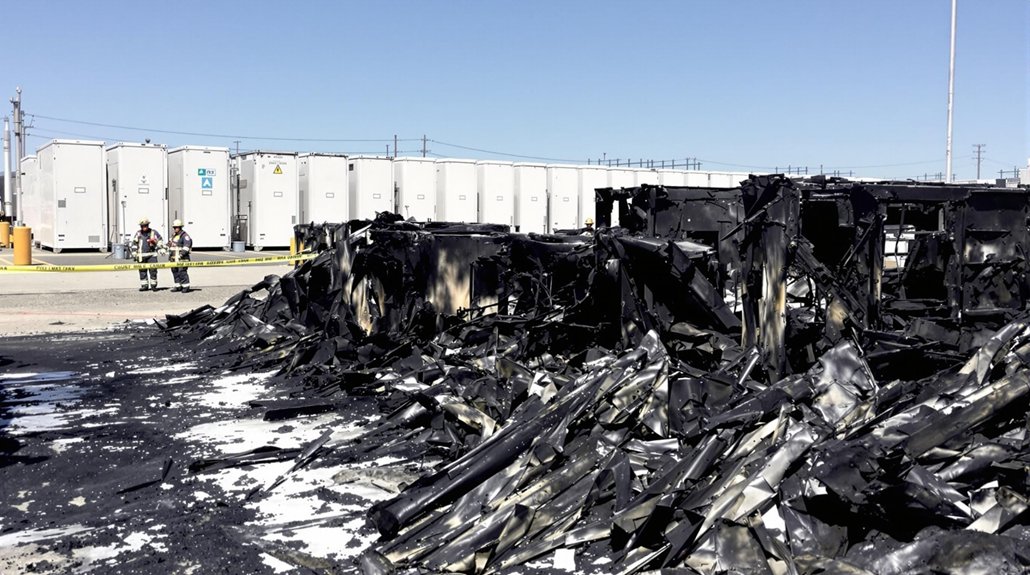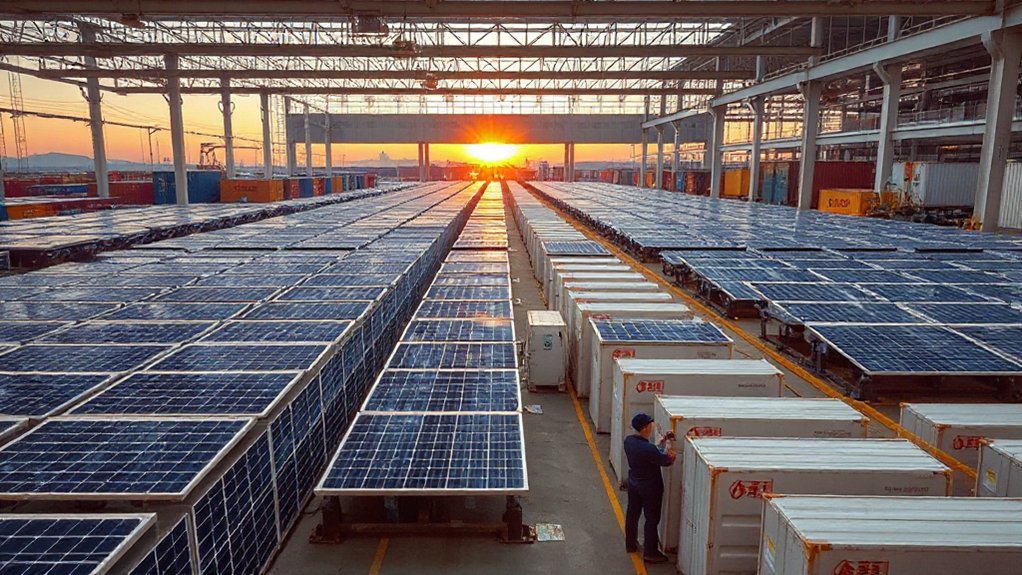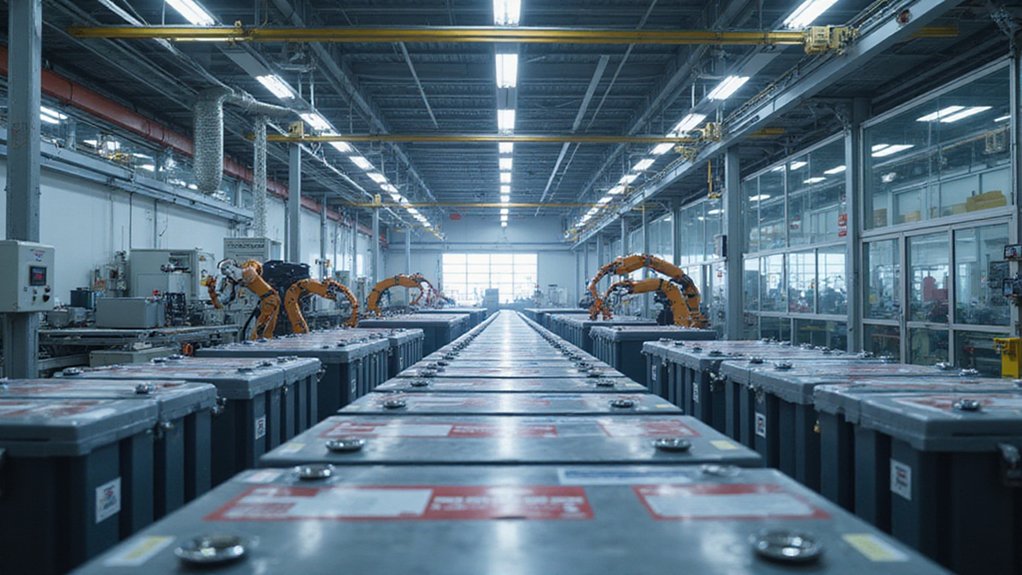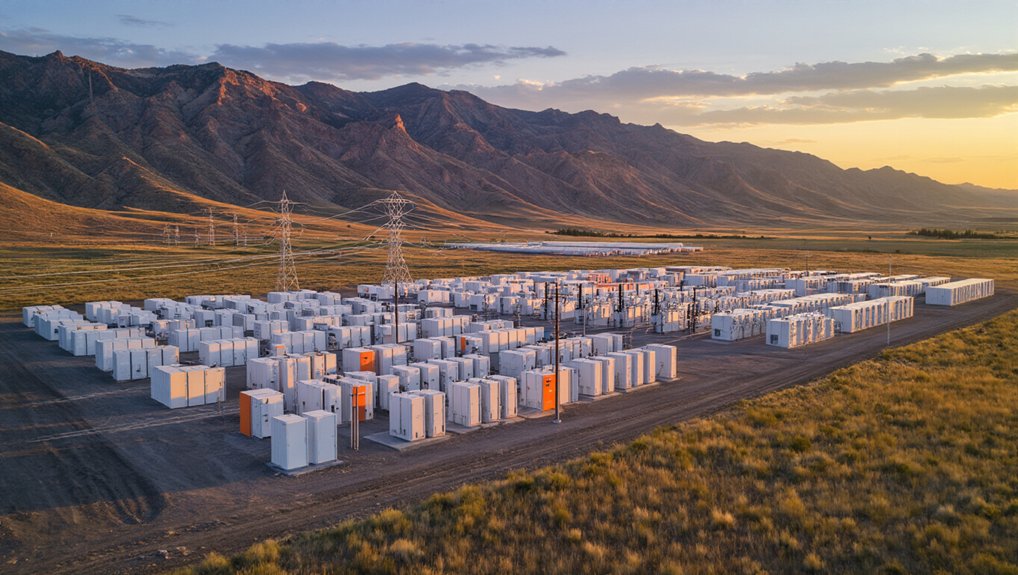California’s Public Utilities Commission isn’t messing around. After the Moss Landing fire, they’ve proposed tough new regulations for battery storage systems. Battery owners must now report incidents within 24 hours, keep emergency plans updated, and maintain certifications. The rules target all 13,300 megawatts of storage statewide. Industry reaction? Mixed, obviously. Safety’s important, but compliance costs money. The March 13 vote could reshape energy storage nationwide.
Although battery storage has been hailed as California’s clean energy savior, state regulators aren’t taking any chances with safety. Following January’s Moss Landing fire incident, the California Public Utilities Commission (CPUC) introduced a proposal on January 27, 2025, that’s about to make battery owners sweat a little. And by “a little,” I mean a lot.
California’s regulators are giving battery operators a regulatory shock that’s less “gentle nudge” and more “safety sledgehammer.”
The proposal modifies General Order 167, establishing new maintenance standards for Battery Energy Storage Systems (BESS) across the state. It’s thorough. Like, really thorough. The new rules apply to basically every battery system in California — big or small, investor-owned or third-party operated. That’s over 13,300 megawatts of storage getting a regulatory makeover.
Safety is the name of the game here. Battery owners must now report safety incidents within 24 hours — not exactly time to sleep on it. These requirements address safety concerns that arose after the Vistra Energy’s Moss Landing facility fire which prompted stricter oversight. The incident revealed significant gaps in fire suppression systems, highlighting the importance of these new regulations. They’ll need emergency response plans, operation certifications, and must notify the CPUC of material changes within 30 days. California ISO coordination for outages? Yep, that too.
The paperwork parade doesn’t end there. Initial certification is due within 180 days of approval, with periodic updates required thereafter. New facilities get a slightly more generous 90-day deadline. The CPUC vote is scheduled for March 13, 2025. Mark your calendars, folks.
Storage industry reactions have been predictably mixed. Safety focus? Great! Timeline? Not so much. Companies are already calculating the hit to their operational budgets, while simultaneously nodding gravely about public safety. Money talks, but exploding batteries talk louder.
This proposal doesn’t exist in a vacuum. It implements Senate Bills 1383 and 38, and complements existing fire codes. California’s clean energy evolution depends on batteries not catching fire, apparently. Who knew?
The ripple effects could spread beyond California’s borders. Other states are watching closely, probably thinking, “Well, if California’s making them do it…” Battery technology improvements might accelerate too. Nothing motivates innovation quite like regulation and the fear of non-compliance. The regulations come at a critical time as lithium-ion batteries have seen an 87% price drop since 2010, driving rapid adoption across the state’s energy grid.









